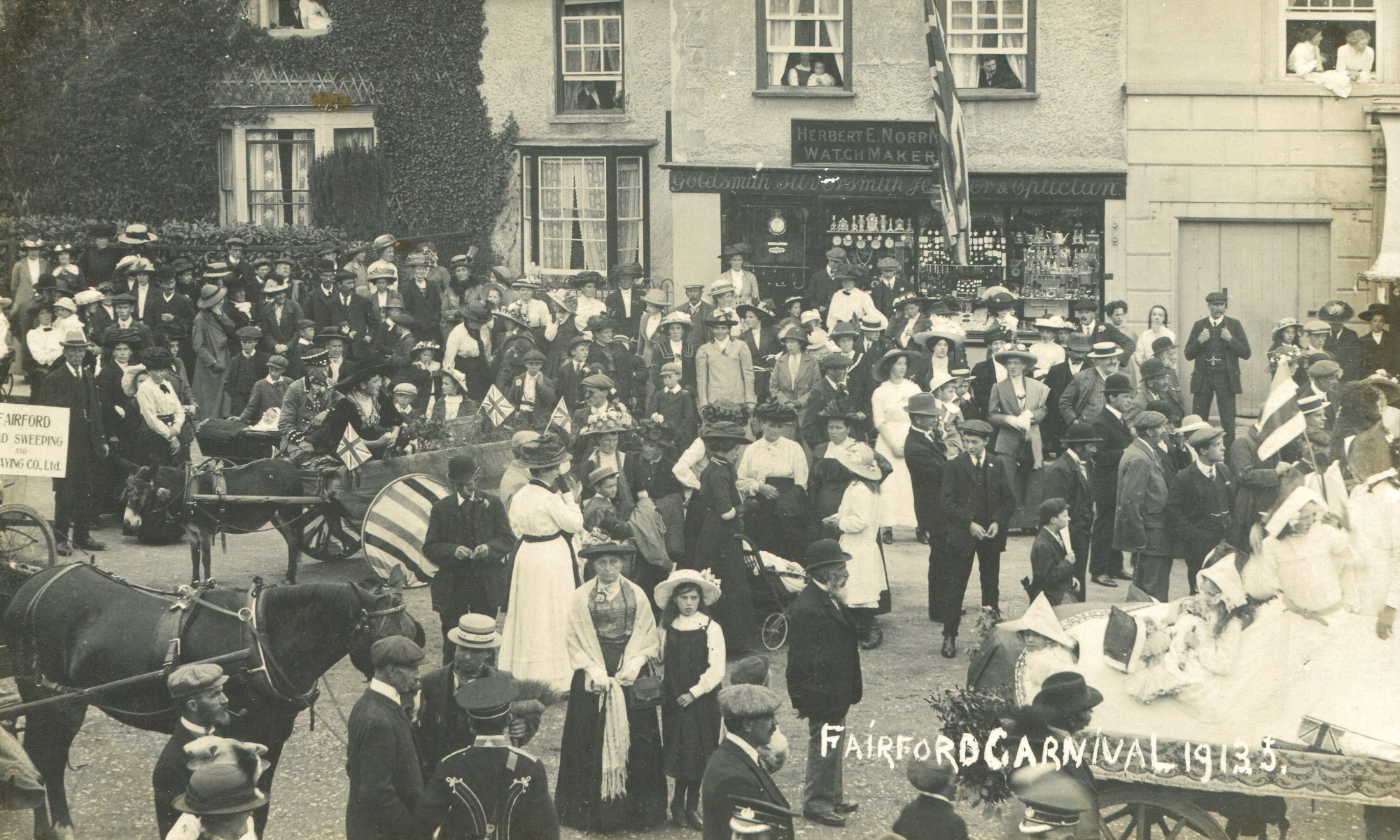
written in 1987
At our October meeting Carolyn Heighway gave us a vivid and authoritative account of Gloucestershire from the end of Roman rule to the coming of the Normans. It is a long period, over 600 years, and only thinly documented through at least the first half of that time. We rely on Gildas as one of the few voices from what we used to call ‘the Dark Ages’ and Bede who was much later and also quite partisan.
She drew our attention to the high quality of artefacts, notably from the recently discovered Staffordshire hoard, that show a skill and sophistication that contrasts with our picture of Anglo-Saxons as being rather primitive. A local example would be the finds from the cemetery at Butler’s Field, Lechlade which are well displayed at the Corinium Museum.
She also looked at civil organisation using the system of ‘Hundreds’ and religious organisation through minsters. By the end of the Anglo-Saxon period the parish system had been generally established with each parish having its own church.
The talk illustrated well the importance of archaeology in filling out our knowledge of a period in which the written word only gradually came into prominence.
